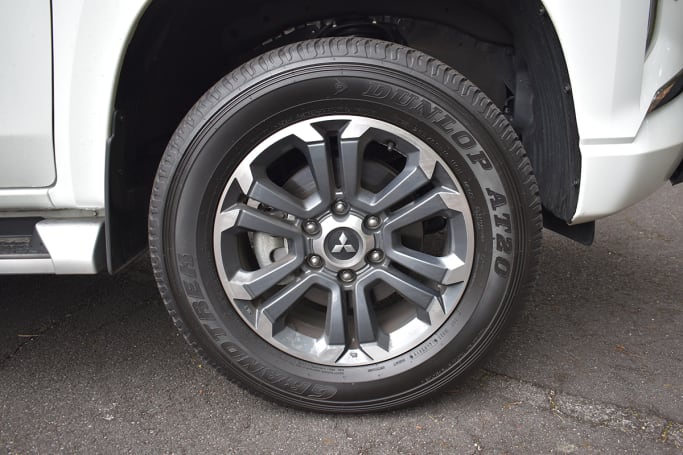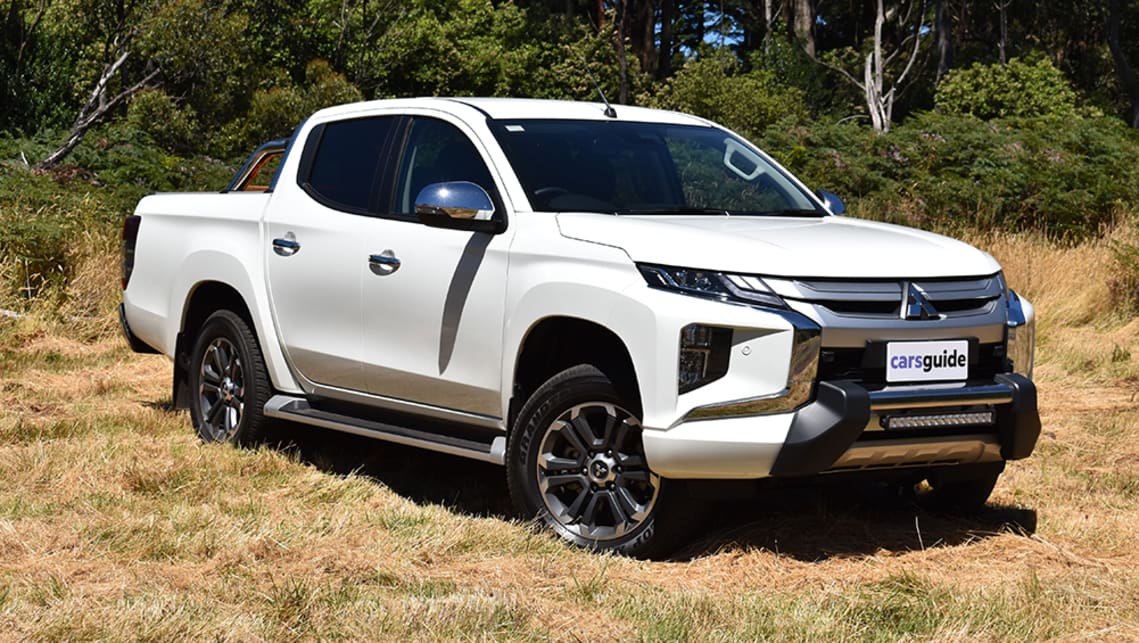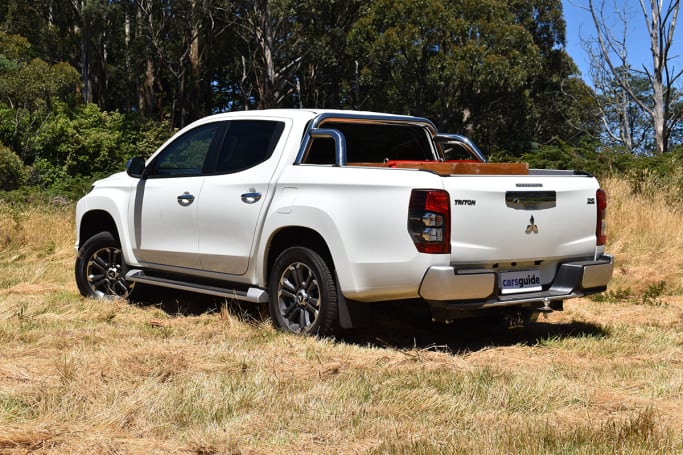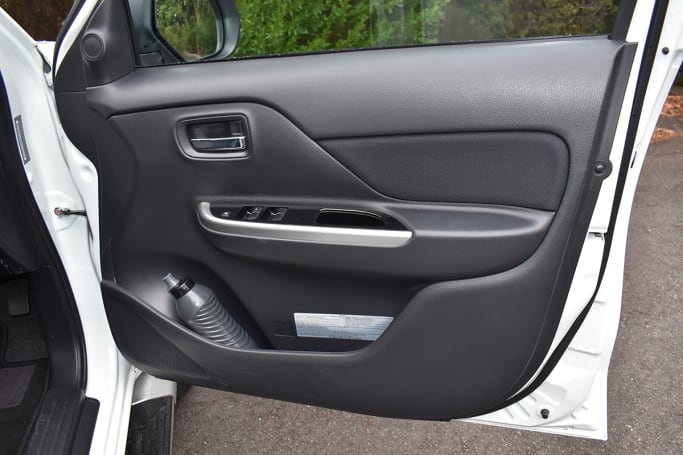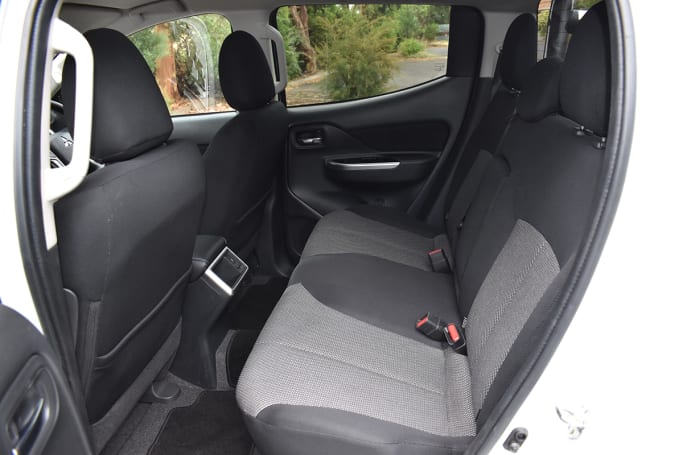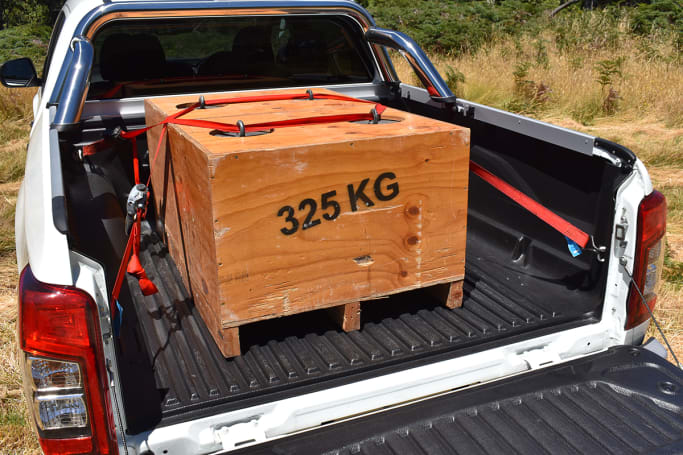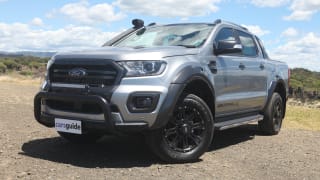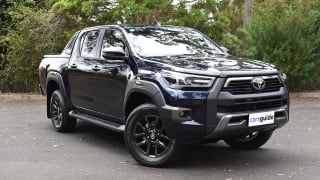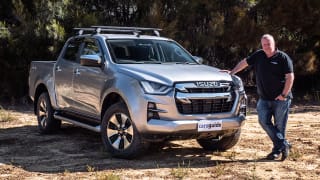Our test vehicle is available with either six-speed manual for a list price of $46,240 or six-speed automatic transmission like our example for $48,490.
It’s also equipped with several Mitsubishi genuine accessories comprising a stainless-steel front nudge bar with LED light bar (RRP$1649), tow-bar kit (RRP$1198) and polished (load tub) sports bar (RRP$1285). Combined, these add $4132, which makes our test vehicle almost the same price as the top-shelf GSR automatic at $52,740.
Even so, without these accessories the GLS offers a rich menu of standard equipment. There’s keyless entry to a nicely detailed interior with premium fabric seat trim, leather-bound steering wheel, gearshift and handbrake plus height and reach adjustable steering column. There’s also dual-zone climate control, rear privacy glass, multiple 12-volt and USB connections (including two USB ports for rear seat passengers), quality six-speaker infotainment system with 7.0-inch touchscreen, Android Auto/Apple CarPlay and more.
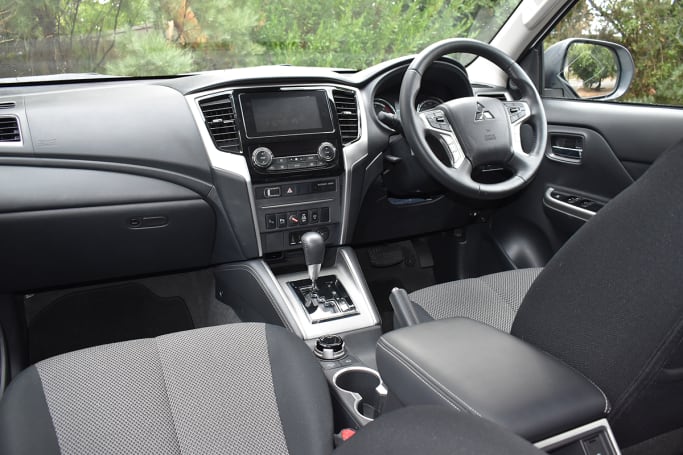
External detailing includes chrome door handles and chrome mirrors with integral heating and turn indicators, 18-inch alloys with 265/60R18 tyres and a full-size spare, side-steps, rear-step bumper, load tub liner, LED dusk-sensing headlights/DRLs with halogen fog lights, rain-sensing wipers, reversing camera and rear diff lock to name a few. It’s remarkable how much value Mitsubishi stuffs into a quality Japanese ute for less than $50K.
